Dafnes (Δαφνές) is a village located in the Heraklion regional unit on the island of Crete, Greece. It is situated 18 km southwest of Heraklion at an altitude of 320 meters on a ridge in the eastern foothills1 of Mount Psiloritis (Mount Ida).
The village is known for its production of wine and olive oil since the 13th century. The name Dafnes is derived from the laurel plant (δάφνη – dafni). According to local tradition, a laurel plant grew near the church of Agia Zoni (Holy Belt), giving the village its name.
History
The village is believed to have been founded by residents of another village named Skilochorio, which was located northeast of Dafnes near the Stavrakani Kamares. Ruins of churches still remain in Skilochorio. Both Dafnes and Skilochorio are mentioned in documents from the 13th century, Dafnes in a contract from 1271 and Skilochorio in a contract from 1280.
In 1583, the census of Kastrofylakas recorded Dafnes Apano with 251 residents and Dafnes Catto with 168 residents. Skilochorio was recorded with 164 residents in the same source. The etymology of Skilochorio derives from the plant Skilla (squill or sea onion).
During World War II, on July 22, 1944, rebels of the A.O.A. (Independent Group of Anogia) under the leadership of Michalis Xylouris attacked a German outpost near the village, inflicting significant casualties.
Points of Interest
- Church of Agia Zoni (Holy Belt): This church was recently renovated and restored by the Ephorate of Byzantine Antiquities of Heraklion.
- Church of Agios Ioannis Theologos: This church bears traces of wall paintings.
- Church of Michail Archangelos: This church is a newer addition to the village.
- Church of Agios Georgios: This is where the majority of religious activity currently takes place.
- The Old Fountain: Built in 1897 in the Kavousi region.
- Cave of Agia Anna: A cave with religious significance and local lore.
- The “Cretan Oak”: A large oak tree.
- The Tsigouri Spring: A natural spring.
- The Old Bridge: A historic bridge over the river.
- Traditional houses in “Ktima Varoucha – Kokotou”.
- “Arodamos”: A restored traditional house where musical events are organized.
- The old “Factory” building: Houses the Cultural Association of the village.
Economy
Dafnes is known for its production of raisins, grapes, wine (using the Liatiko grape variety), and olive oil. The village has four wineries that process the rich harvests of the vineyards and contribute to Dafnes’ participation in the “Wine Roads” program with other villages in the Heraklion region.
Culture
The village square hosts the annual Dafnes Wine Festival, usually held in the first ten days of July. The festival attracts hundreds of visitors from all over Greece and tourists alike. The festival is organized by the Cultural Association of the village and the Municipality of Heraklion and is a cultural event for the entire region.
Another event worth attending is the celebration of “Triteknon” (families with three children) held annually on September 17th at the church of “Sofia Pistis Elpida k Agapis”.
Settlement: Key Points
- Historical References: Mentioned in documents from the 13th century.
- Location: 18 km southwest of Heraklion, Crete, Greece.
- Historical Significance: Known for wine and olive oil production since the 13th century.
- Population Data:
Year |
Population |
Notes |
|---|---|---|
1583 |
583 |
271 Dafnes Apano, 168 Dafnes Catto, 164 Schilocorio |
1881 |
713 |
634 Christians, 79 Muslims |
1900 |
950 |
|
1928 |
1166 |
|
1940 |
1344 |
|
1951 |
1360 |
|
1961 |
1585 |
|
1981 |
1236 |
|
1991 |
1352 |
|
2001 |
1081 |
|
2011 |
1204 |
|
2021 |
1133 |
- Current Status: A thriving village with a strong agricultural tradition and a growing tourism sector.
References
Access
Dafnes is 18 kilometers away from the Heraklion and 4.6 kilometers away from Profitis Ilias















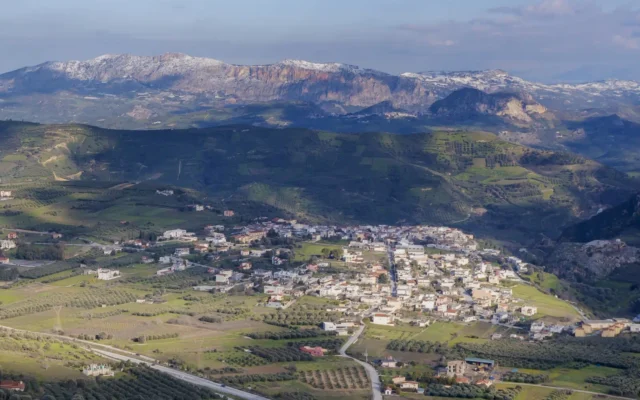

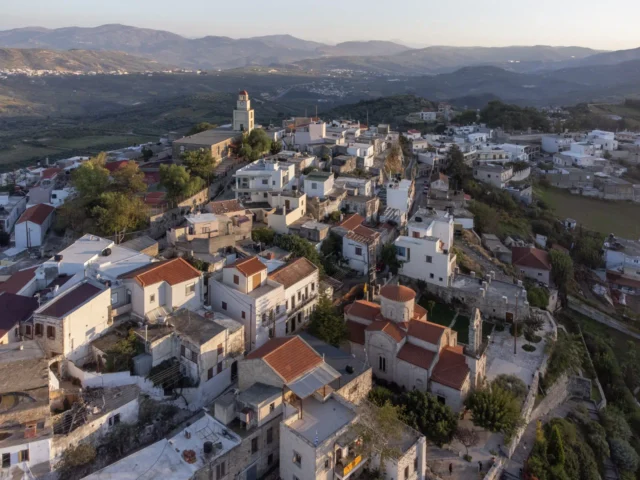
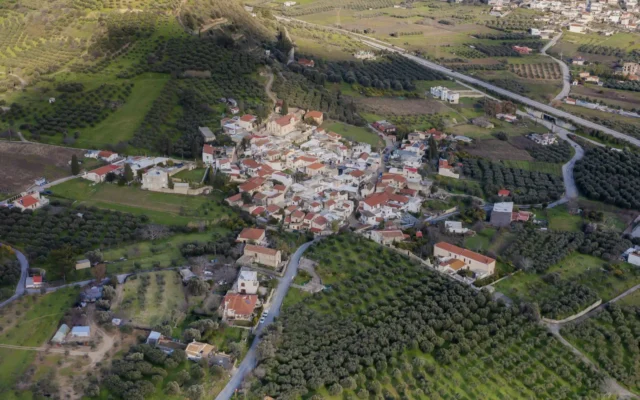

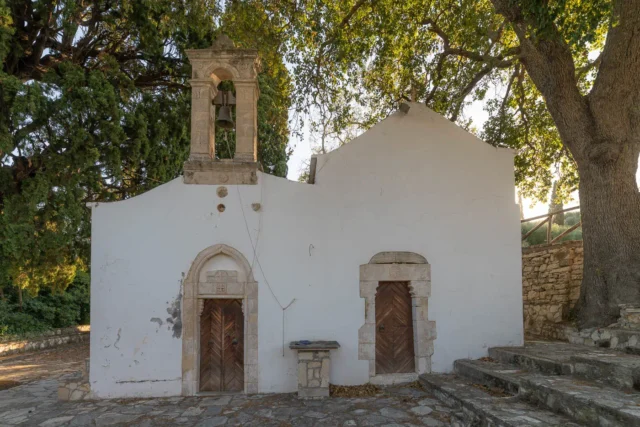

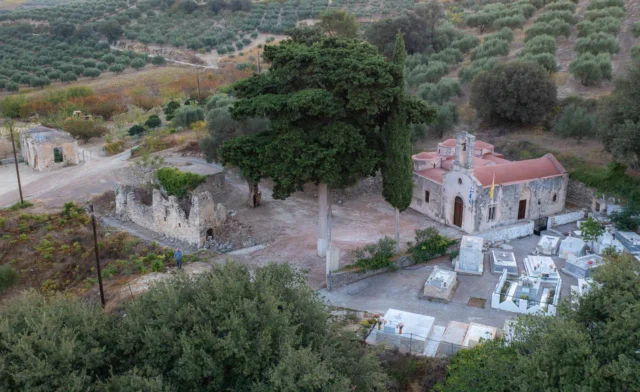

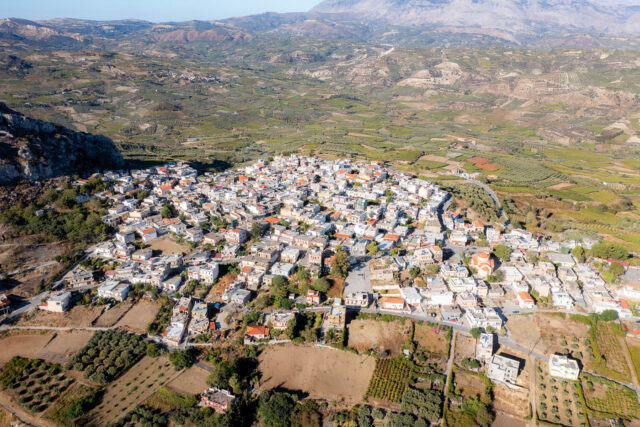
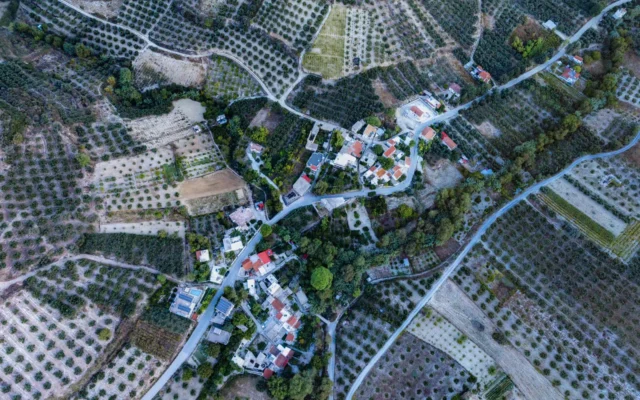
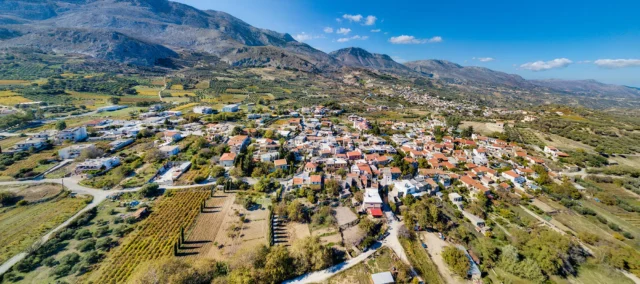
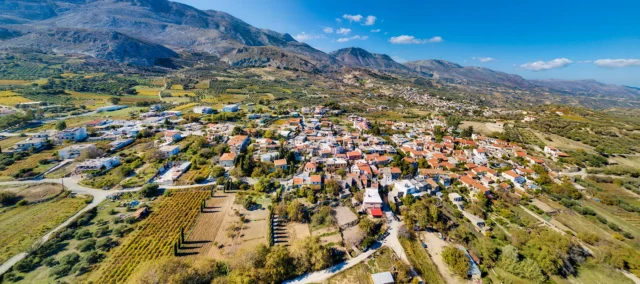
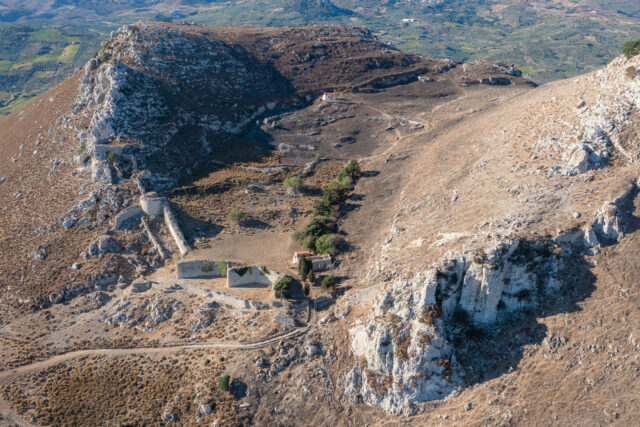
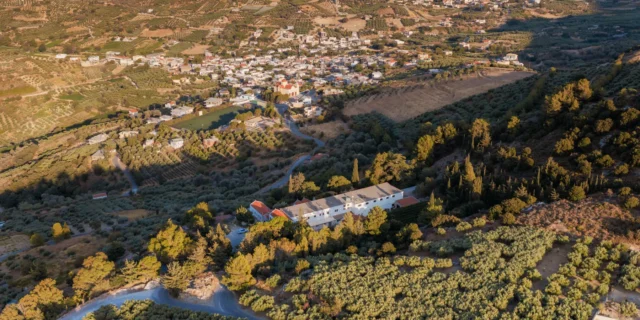
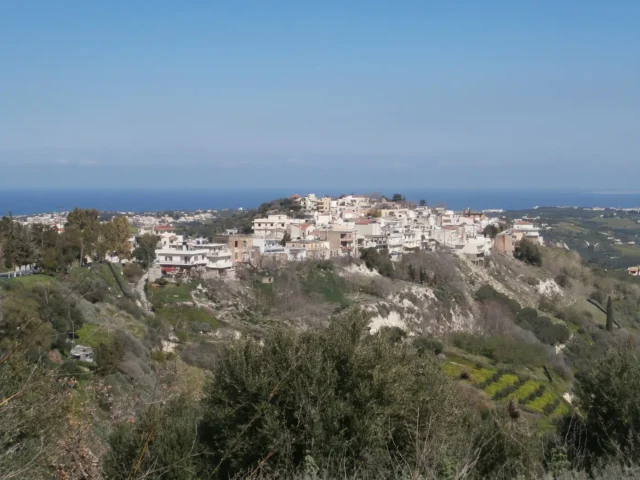

There are no comments yet.